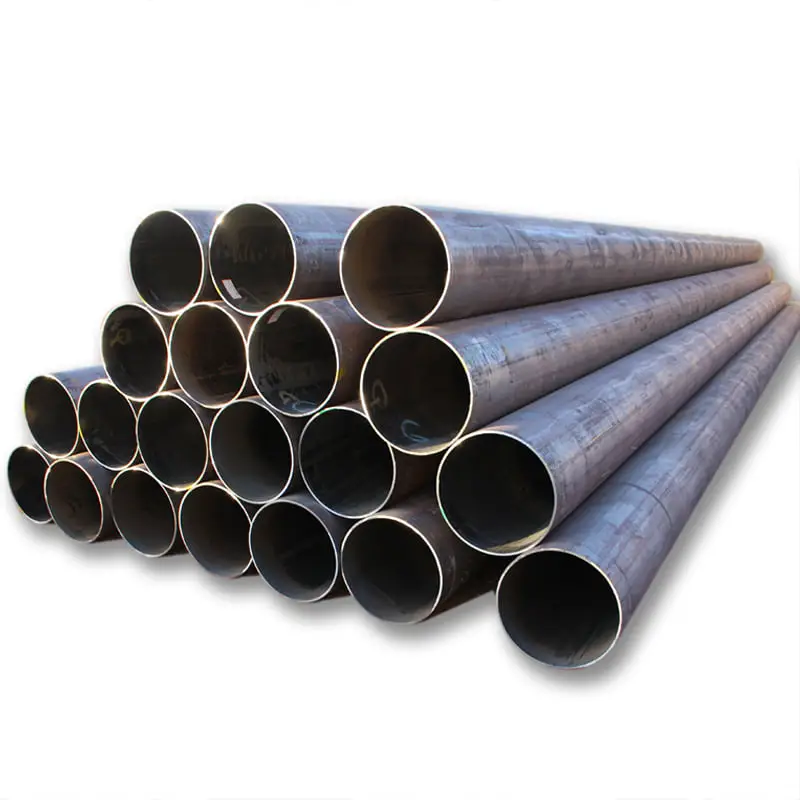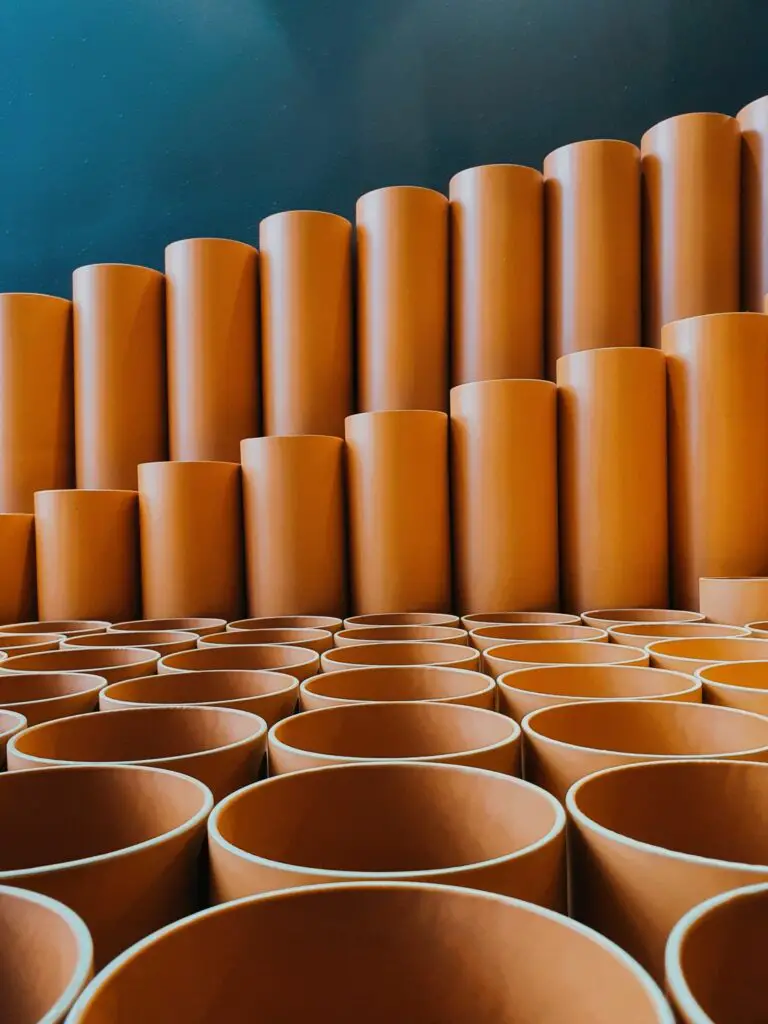Round pipes are more durable, efficient, safer, and less expensive. But how can they be? Continue reading to find out:
- Withstanding pressure
- Flow of volume
- Prevent rusting/degradation of the pipe
- Cheaper to produce
- Fixtures and fittings

1. Withstanding Pressure
High pressure can be handled by pipes with a circular cross-section. Much superior to a triangle or square pipe.
The power of the water is dispersed equally throughout the pipe, indicating that there are no weak areas. Each square has a weak spot in the center.
2. Flow of Volume
When opposed to angular pipes, liquid flows quicker via round pipes.
Angled pipes require more frictional resistance than round pipes. Frictional resistance slows flow and puts additional strain on the pipe.
Round pipes have the highest volume-to-surface-area ratio. This indicates that the internal surface area of the pipe in contact with the liquid is smaller in circular pipes than in other pipes.
3. Prevent Rusting/Degradation of the Pipe
Water flows evenly via a spherical pipe. Water flow is not even in an angled pipe, and there will be places inside the cross-section where water flows slower. The flow is faster in the middle than at the walls, according to physics.aps.org.
Slower moving water in angled pipes can induce rusting, which destroys the pipe and contaminates the water.
4. Cheaper to Produce
When compared to square pipes, round pipes require less material.
Round pipes have the highest internal area to perimeter ratio of any pipe type. A round pipe requires less material than a square or rectangular pipe to construct a pipe with a flow rate of 10 feet per second.
5. Fixtures and fittings
Round pipes have been frequently utilized for many years due to their superior performance and lower cost.
This means that pipe fittings are now only designed for round pipes. Why would anyone manufacture a square pipe when it is less efficient and has no existing fixtures?
Are All Pipes Round?
Square fluid pipelines are quite rare. In order for the pipe to sustain the internal pressure, the application must have low pressure (and not fracture at the angles). Note from Ankara University:
‘Noncircular pipes are typically employed in applications such as building heating and cooling systems where the pressure differential is relatively modest, manufacturing and installation costs are cheaper, and available space for ductwork is restricted.’
Square PVC water pipes, on the other hand, do exist. This particular pipe is used for a ‘poultry nipple system,’ which is a device that provides water to chickens. This would be a low-pressure delivery system, and the only square water pipe I could find was this one.
Square tubing is mostly used in construction. Building structure, sign posts, and railing are some examples.
The advantage of square pipe over round piping is that it is easier to connect flush to other materials. When compared to circular pipes, welds are easier on the flat surface of square tubing.
Builders may also readily drill into square pipes, making metal buildings simple to construct.
Which Is Stronger, Round Or Square Pipes?
Round pipes are stronger than square pipes by definition.
Round pipes are significantly stronger for any type of high pressure flow. There are no weak areas, whereas angled pipes are always weaker (the part of the pipe furthest away from the angle).
When compared to square pipes, round pipes provide significantly higher performance and cost effectiveness.
Round pipes are also more durable in construction. And circular pipes are used in various structures. Consider scaffolding: practically all scaffolding employs round piping.
Nonetheless, most construction plumbing is constructed of mild steel, which is quite sturdy. The advantages of adopting square pipe over circular piping are usually greater than the advantages of strength.
Conclusion
In most circumstances, round pipes are preferred. Round pipes are more common than square pipes due to their strength, performance, and cost. It is quite rare to see a square pipe used for fluid distribution.
Square pipes are sometimes used in construction where pipes must be welded or drilled together. Square pipes are also well suited for building frames due to their straight line edges.
To see other material construction, please see here.
To know other construction guides, tips, and methodology for beginners, veterans, and contractors, please see here.

